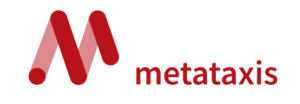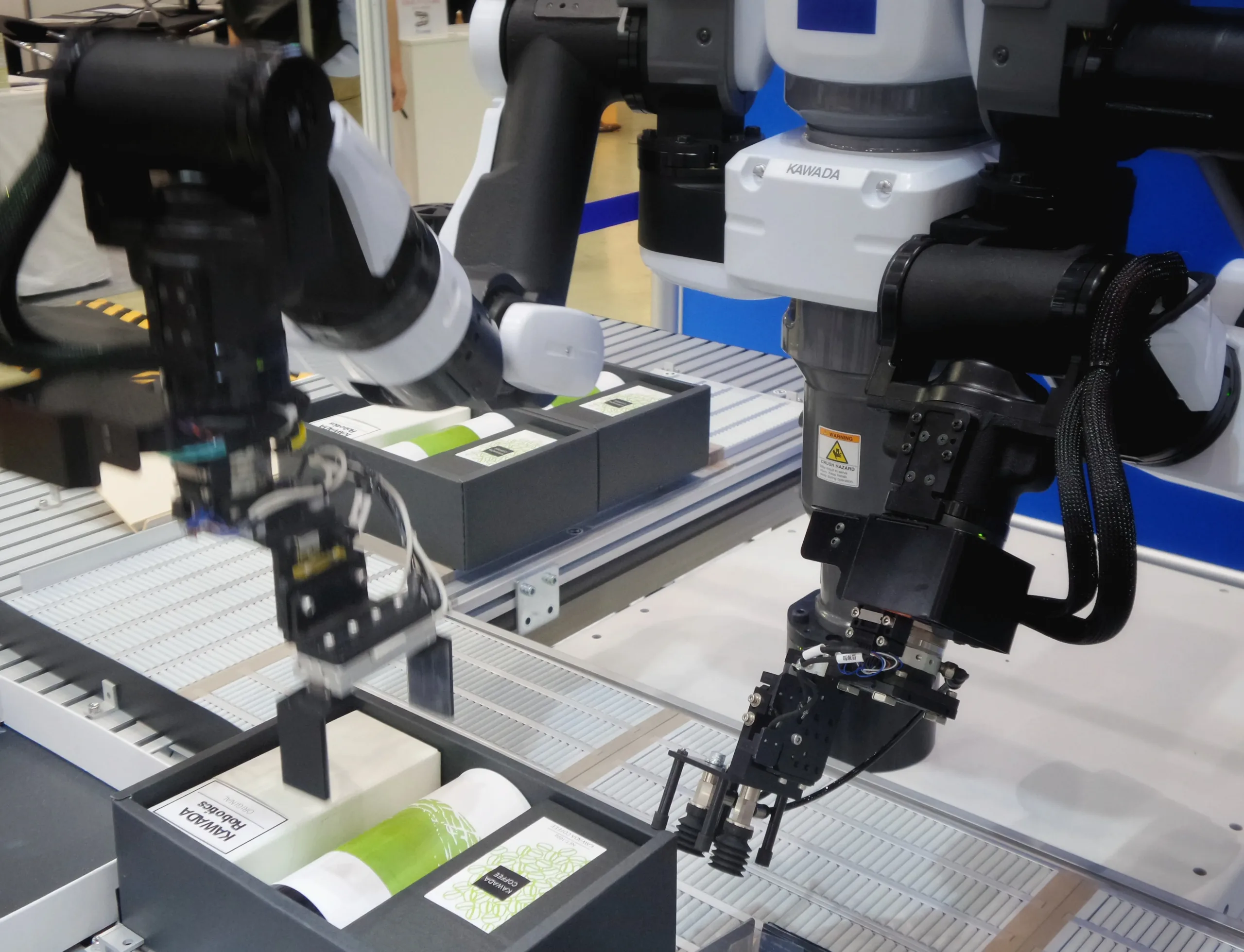Managing metadata to improve information findability
Business drivers
This intergovernmental organisation, based in Germany, operates numerous geostationary satellites across the globe. Data and products from these satellites provide vital information for weather forecasting and make a significant contribution to the monitoring of the environment and climate change.
The organisation was looking to procure and migrate to a new Electronic Document and Records Management System (EDRMS). Prior to this, the internal team wanted to establish whether auto classification could help enrich their existing documentation with metadata. They were looking to add metadata to documents in order to improve findability once the new EDRMS system was implemented – and ultimately get the most out of this key investment
Key requirements
Metataxis, along with our partner, Pingar, were approached by the client. As experts in document management, records management and auto classification, we were requested to identify if, and subsequently, how much auto classification was required to address their document findability challenges. We were also asked to highlight the resourcing implications of implementing and managing an auto classification tool for the business, as well as defining the criteria for success.
The Metataxis and Pingar approach
Working closely with the customer’s internal project team, made up of representatives from information management records and IT, Metataxis commenced with an assessment of the existing taxonomies in place.
Using these existing taxonomies as basis, we then went on to test the feasibility of content auto classification using Discovery One, a Natural Language Processing (NLP) and text analytics engine from Pingar, that discovers, identifies, tags and classifies documents and records, at scale, no matter where they are stored. We also worked with Graphologi, a powerful software tool, to update the existing taxonomies and create additional taxonomies and ontologies that would work more effectively with the auto classification software.
The project highlighted the need to introduce a clear findability strategy so the project team could develop new taxonomies accordingly, as well as build appropriate rules, to get the most out of their new EDRMS. Metataxis produced a detailed and informative report featuring a series of clear recommendations to help the client succeed with improving document classification and findability.
We also provided thorough testing documentation, including guidance on the use of the Pingar auto classification tool, Discovery One, and general rule-building to ensure the client could make best use of this powerful tool.

The final report provided the client with valuable insights and clear recommendations, empowering the project team to confidently proceed with the development of taxonomies and document classification ready for the adoption of a new EDRMS.
Our assessment also highlighted some areas of concern and made practical suggestions to address these issues. We also worked closely with the internal project team during the rule building phase, sharing our expertise as part of the feasibility testing. Training the project team in rule building will enable them to confidently undertake any additional rule building work themselves and ensure that any ongoing information management will be optimally resourced.
By leveraging the recommendations included in the Metataxis report, the organisation is now ready to proceed with the implementation of their EDRMS, confident that they have a solid and a strong foundation for successful ongoing document management and information findability.
Learn more about our records management services.
More success stories
Improving information findability and knowledge management
Read how we helped this UK central government department accelerate information findability to deliver services more efficiently.
Delivering GDPR compliance and data protection confidence
Discover how we helped this multinational manufacturer assess their data protection maturity to confidently manage new acquisitions.
Data privacy programme meets GDPR regulations
Read how we helped this learning solution provider review their existing data privacy polices to become compliant in multiple territories.




